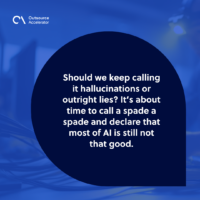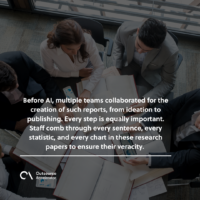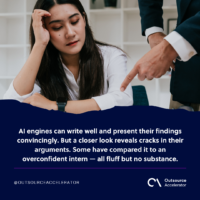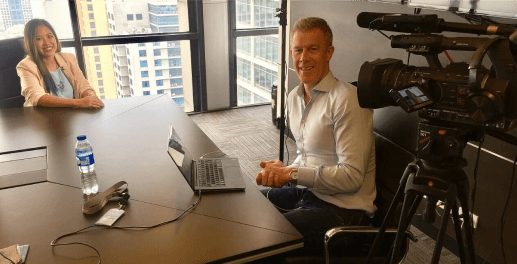Forgotten fundamentals
Artificial intelligence (AI) promises to amplify productivity, stir innovation, and create a hyperproductive society. But so far, the new-age technology has made human workers extremely lazy and complacent.
Professional services company Deloitte has admitted using AI to produce an Australian government report that contained multiple errors, including references and citations to non-existent university reports.
The Big Four accounting firm has refunded payment in an embarrassing incident that underscores the dangers of AI hallucinations. Should we keep calling it hallucinations or outright lies? It’s about time to call a spade a spade and declare that most of AI is still not that good.
Copy editing, fact-checking, and proofreading are high-value tasks that ensure credibility and prevent misinterpretation. Articles, reports, and studies must be true and accurate as these materials are used in critical decisions that shape societies.
Before AI, multiple teams collaborated for the creation of such reports, from ideation to publishing. Every step is equally important. Staff comb through every sentence, every statistic, and every chart in these research papers to ensure their veracity.
Most of Deloitte’s mistakes were research fundamentals taught to us very early in school. The errors could’ve been avoided if the team that worked on it had just given it a thorough read-through a couple of times.
Understanding AI
Reports and papers riddled with errors are not produced only in the consultancy segment. The legal and accounting professions have also experienced similar mishaps that have marred client relations and led to errors in judgment.
Who’s at fault? Is it the higher-ups who keep encouraging the use of AI but haven’t gotten their hands dirty with it? Or is it junior employees whose lack of experience makes them vulnerable to being fooled by AI?
Staff who have spent ample time experimenting with AI have observed that while the engine can handle repetitive tasks such as customer inquiries or calendar management, it is too risky to entrust it with technical assignments such as creating industry reports.
The AI engines we’re all tinkering with today are predictive models, which means they try to forecast possible outcomes based on the data available to them. They are looking for dependencies between these datasets and present them to make it look as if it is an answer to the query.
AI engines can write well and present their findings convincingly. But a closer look reveals cracks in their arguments. Some have compared it to an overconfident intern — all fluff but no substance.
New dilemma
The controversy comes as firms continue to remove human workers from their payrolls. Businesses are prioritizing positions they deem can be reskilled with AI, claiming the initiative will yield significant savings. The shift to AI among consulting firms is a response to the steep cuts in government contracts in the United States.
Deloitte’s blunder now presents consultancies and other segments with a fresh dilemma. Should they keep on pivoting to AI, or should they keep their human headcount robust? AI may have saved Deloitte time and resources, but it’s now on an uphill climb to restore its reputation. It would not have snowballed into this catastrophe if it had utilized its human workforce properly.
The question for your business
Has AI been a boon or bane to your company?




 Independent
Independent





















